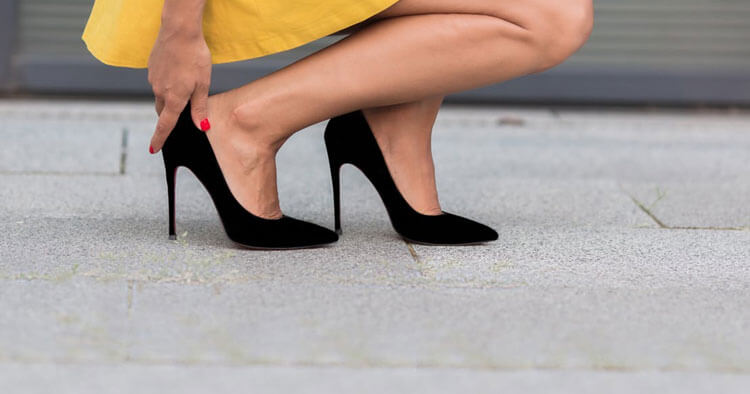Back and Joint Pain
What Are The Causes Of Hallux Valgus
What Causes Hallux Valgus?
The exact cause of hallux valgus more commonly referred to as bunions is unknown. They are thought to be the result of complex biomechanical changes occurring in your feet. A situation where constant stress on the big toe joint, specifically the first metatarsal phalangeal joint (1st MTPJ) causing displacement of the bones of this 1st MTPJ, as well as thickening of soft tissues and changes to the pull of muscles around the joint. These musculoskeletal changes at the 1st MTPJ may in-turn lead to local skin changes, as well as causing pain and movement restrictions at the big toe. With regard to the causing being unknow it is more that rather than it being one thing in isolation, it is likely, a combination of factors are in play, multiple factors that make the individual susceptible to developing a bunion.
Risk Factors For Developing A Bunion
Being female of increasing age with a family history of bunions increase the individuals risk of developing hallux valgus. Other risk factors in developing a bunion may include:
- Injuries, or trauma to the foot and toes.
- Arthritic conditions, such as having rheumatoid arthritis.
- Inherited structural deformities of the foot and foot type variations.
- Poor arch control in the feet, such as can occur with hypermobile joints, or resulting due to weakness of the muscles of the lower limb and feet, or having structurally flat feet.
Hallux Valgus And Footwear
Bunions are regularly attributed to the wearing of tight fitting shoes, or high heels, however it isn’t known if shoes actually cause bunions or whether poor shoe choices are simply a contributing factor in bunion development.
High heels have a sloping foot bed and a narrow toe box (the area of the shoe the encases your forefoot) this sloping foot bed, causes the front of the foot to constantly bear weight, encouraging the forefoot to widen and be pushed into the toe box. So couple this forefoot loading and widening with a constrained area for the toes due to a narrow, often pointed toe box and the toes are forced to be squeezed together and angled. High heels and any similar constraining footwear obviously place stress on your foot and will typically exacerbate any symptoms of bunions and may be a contributing factor in actually developing hallux valgus.
Disclaimer: Sydney Physio Clinic provides this information as an educational service and is not intended to serve as medical advice. Anyone seeking specific advice or assistance on What Are The Causes Of Hallux Valgus should consult his or her physiotherapist, podiatrist or general practitioner.


